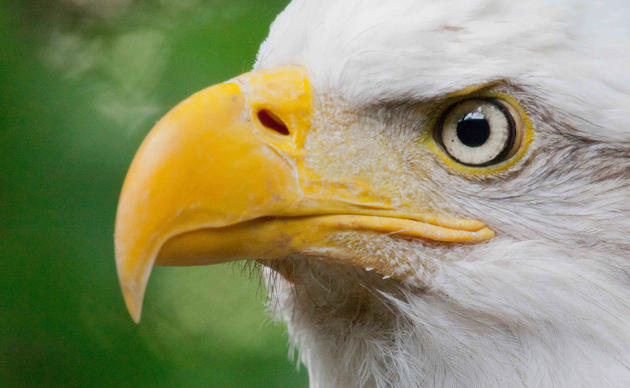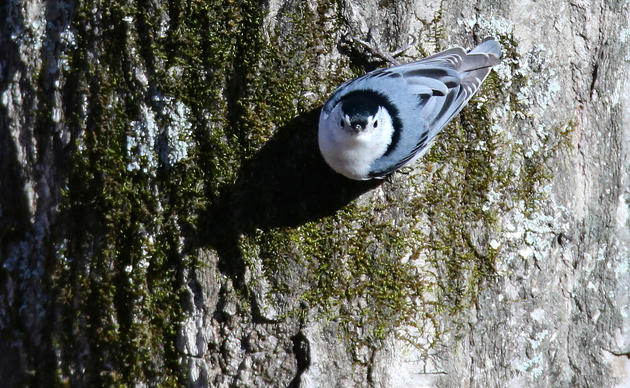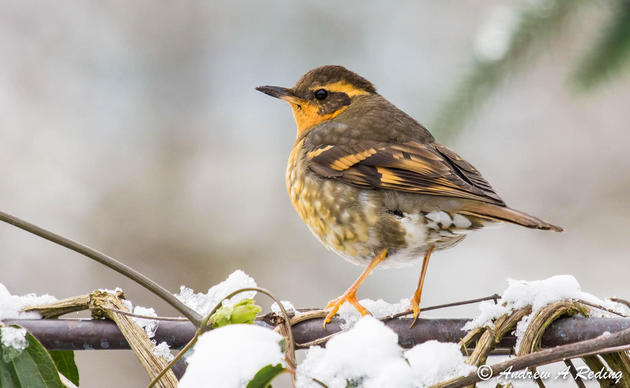Shorelines are valuable and important areas that are some of our most ecologically productive places. Many birds use shorelines and the immediately adjacent shallow waters to forage for small fish, bivalves, and other benthic delights, and maintaining natural shorelines is a critical factor for supporting healthy marine waters and wildlife. Here in Puget Sound, close to 30% of our 2500 miles of shoreline have been modified with seawalls and other structures. Known as shoreline “armoring,” these structures are intended to protect shoreline property and infrastructure from inundation and erosion. However, science increasingly points to the ways that these structures disrupt nature’s ability to maintain beaches and support fish and wildlife habitat. Seawalls also contribute to erosion on neighboring properties.
As sea-levels rise and heavy rain events coupled with new development create increased flooding and shoreline erosion, nature-based solutions are needed to protect shoreline infrastructure and restore fish and wildlife habitat.

Audubon Washington is rising to meet these challenges by working with chapters, partners and decision-makers to advance policies, funding and actions to protect and restore Puget Sound shorelines.
To date, we have successfully advocated for the inclusion of sea level rise projections into all planning and permitting at the state and local level while also securing funding for estuary restoration throughout the Sound. We also led a multi-partner effort to develop a unified monitoring framework for estuary birds in the Salish Sea so that we can bring stronger science to bear in estuary (and avian) management decisions.
We are working with the state to ensure that sea-level rise is integrated into shoreline permitting processes. There is more to be done. Our work to foster a healthy Puget Sound shoreline environment continues with our commitment to:
- Play a leadership role in facilitating science that helps us better understand and act on what birds need to survive and thrive in our region for generations to come.
- Advocate for stronger policies and regulations that govern coastal management, planning, and permitting.
- Lend our powerful advocacy voice in support of state funding and policy efforts.
- Initiate new collaborations with chapters to engage communities in conversations and activate civic engagement on county-based responses to sea level rise and coastal resilience.

Shoreline Management Act
Reducing the impacts of sea level rise will require planning and adaptation at the local level. Washington State’s Shoreline Management Act sets shoreline management policy and requires counties and cities to develop Shoreline Master Programs. While policy encourages these Shoreline Master Programs to address sea level rise, it is not a legal requirement. Some counties have declined to address sea level rise in their Shoreline Master Program updates. In the last legislative session, Audubon supported amending the Growth Management Act to address climate change and include a provision to require the next round of Shoreline Master Program updates to address sea level rise.




